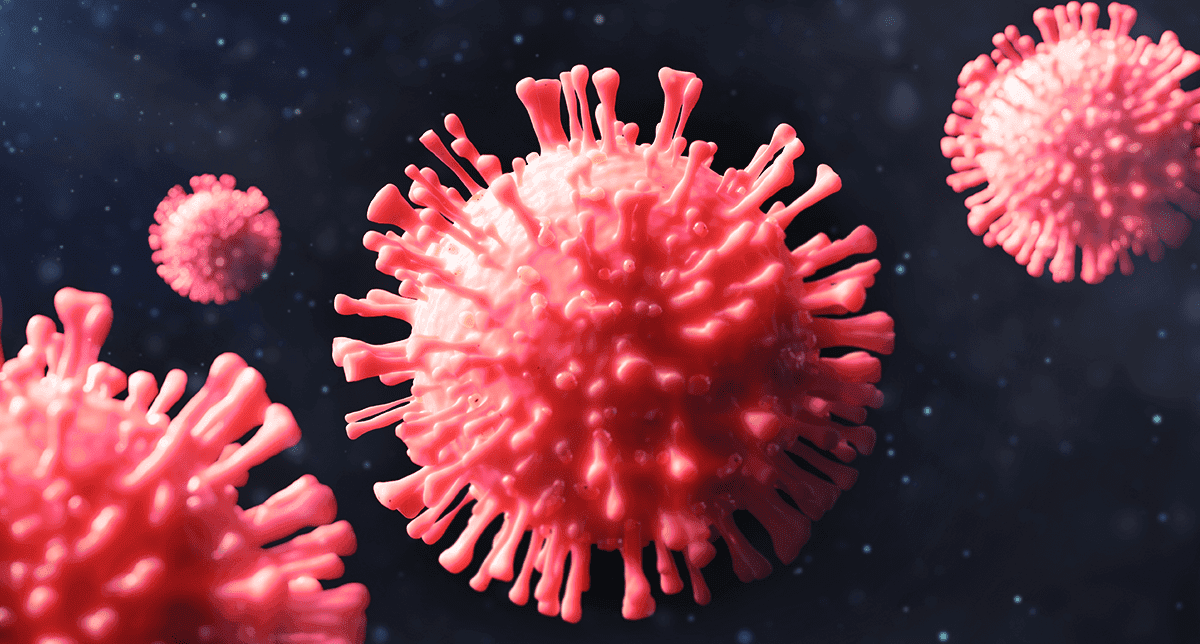Preventable hospitalizations with increased oral SARS-CoV-2 antiviral treatment

A new Real-World Evidence (RWE) study was conducted by Helix, in partnership with Renown Health (Nevada) and HealthPartners (Wisconsin and Minnesota) looking at oral SARS-CoV-2 antiviral treatment and hospitalization. The goal was to estimate the proportion of preventable hospitalizations if all eligible patients in a clinical cohort had been prescribed an oral antiviral early in infection.
The CDC recommends two oral SARS-CoV-2 antiviral agents, Nirmatrelvir with Ritonavir (PaxlovidTM) and Molnupirvar (Lagevrio™), both of which have been effective at preventing COVID-19 associated hospitalization1, 2, 3. However, gaps remain in prescribing and access among non-hospitalized SARS-CoV-2-infected patients with risk factors for progressing to severe COVID-194.
The study is available as a preprint and is currently under peer review.
A clinical dataset for examining hospitalizations
Researchers conducted a retrospective analysis of EHRs of >3k adults from two health systems with a positive SARS-CoV-2 test and at high risk for severe COVID-19 (≥50 years old, unvaccinated, or ≥1 high-risk condition).
Modified Poisson regression was employed to estimate adjusted risk ratios (RRs) for the association between treatment and hospitalization, overall and within demographic and clinical subgroups. We extrapolated from risk ratios and treatment uptake to estimate the proportion of hospitalizations that could be prevented if all persons were treated.
Key study takeaways
- Among 3,037 high-risk individuals, 946 (31.1%) received oral antiviral prescriptions (834 nirmatrelvir; 112 molnupiravir). Of these, only 3.0% of patients were hospitalized. In contrast, 9.1% of untreated patients were hospitalized. The association was stronger in patients ≥65 years than younger patients.
- If all patients had been treated with an oral antiviral, the data showed an estimated 63.3% of hospitalization could have been prevented. The preventable fraction was higher in patients ≥65 years(78.2%), unvaccinated (73.6%) and immunocompromised (68%) individuals.
These findings are attributed to major gaps in treatment and a strong protective association of oral antiviral treatment with subsequent hospitalization. To learn more, read the preprint publication here.
To learn more about our unique real-world datastreams consisting of prospective and retrospective EHR from in/outpatients presenting with respiratory infections, linked to high-quality viral sequence data for ~30 respiratory viruses, get in touch with us here.
- COVID-19 Treatments and Medications. CDC. Last updated Dec, 21, 2023. https://www.cdc.gov/coronavirus/2019-ncov/your-health/treatments-for-severe-illness.html
- Lin DY, Abi Fadel F, Huang S, et al. Nirmatrelvir or molnupiravir use and severe outcomes from omicron infections. JAMA Netw Open. 2023;6(9):e2335077. doi:10.1001/jamanetworkopen.2023.35077
- Paraskevis D, Gkova M, Mellou K, et al. Real-world effectiveness of molnupiravir and nirmatrelvir/ritonavir as treatments for COVID-19 in high-risk patients. J Infect Dis. Published online August 11, 2023. doi:10.1093/infdis/jiad324
- Yan L, Streja E, Li Y, et al. Anti–SARS-CoV-2 Yan L, Streja E, Li Y, et al. Anti–SARS-CoV-2 Pharmacotherapies among nonhospitalized US veterans, January 2022 to January 2023. JAMA Netw Open. 2023;6(8):e2331249. doi:10.1001/jamanetworkopen.2023.31249. JAMA Netw Open. 2023;6(8):e2331249. doi:10.1001/jamanetworkopen.2023.31249
Categories